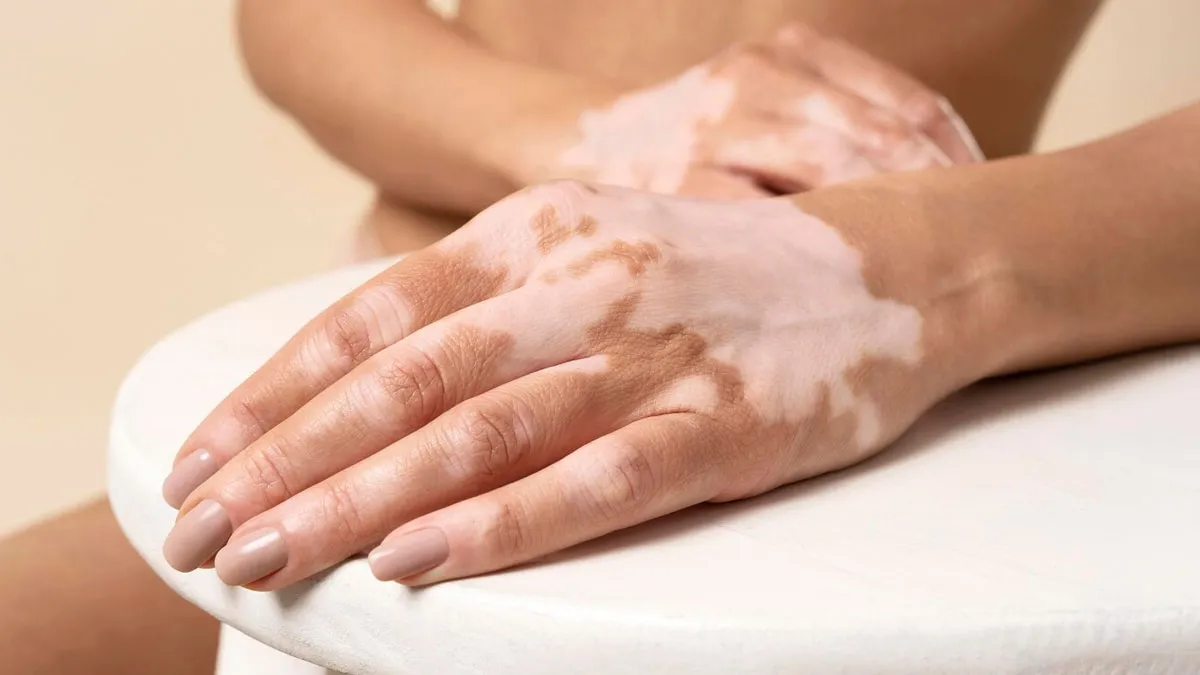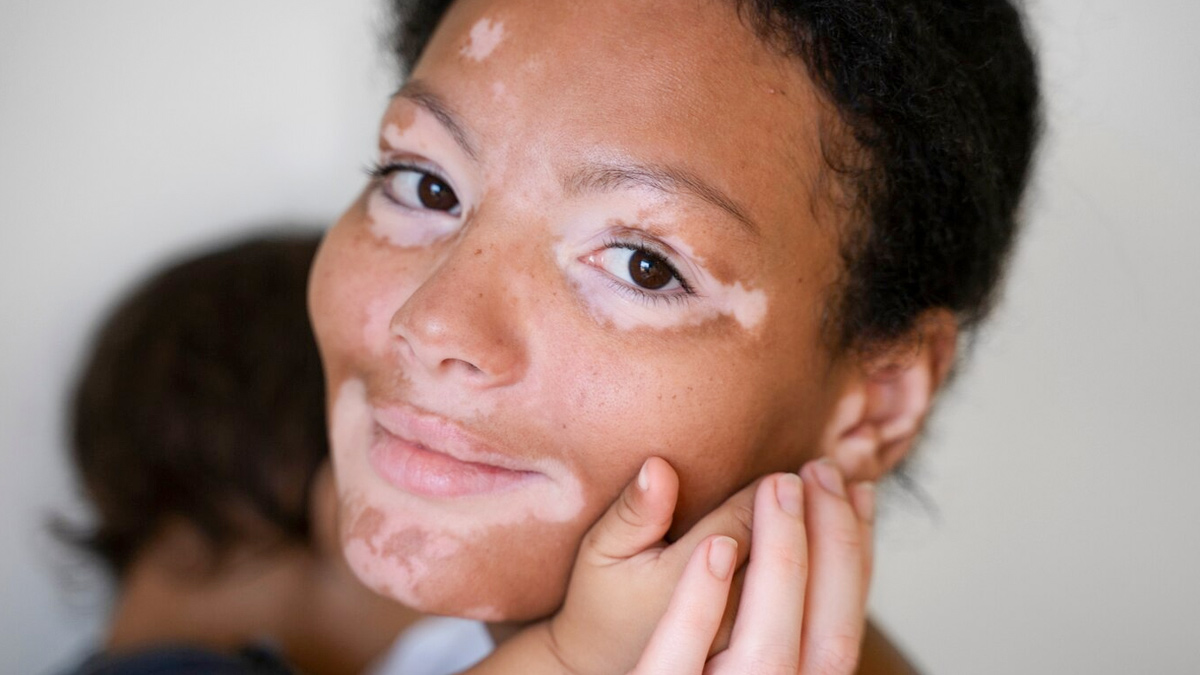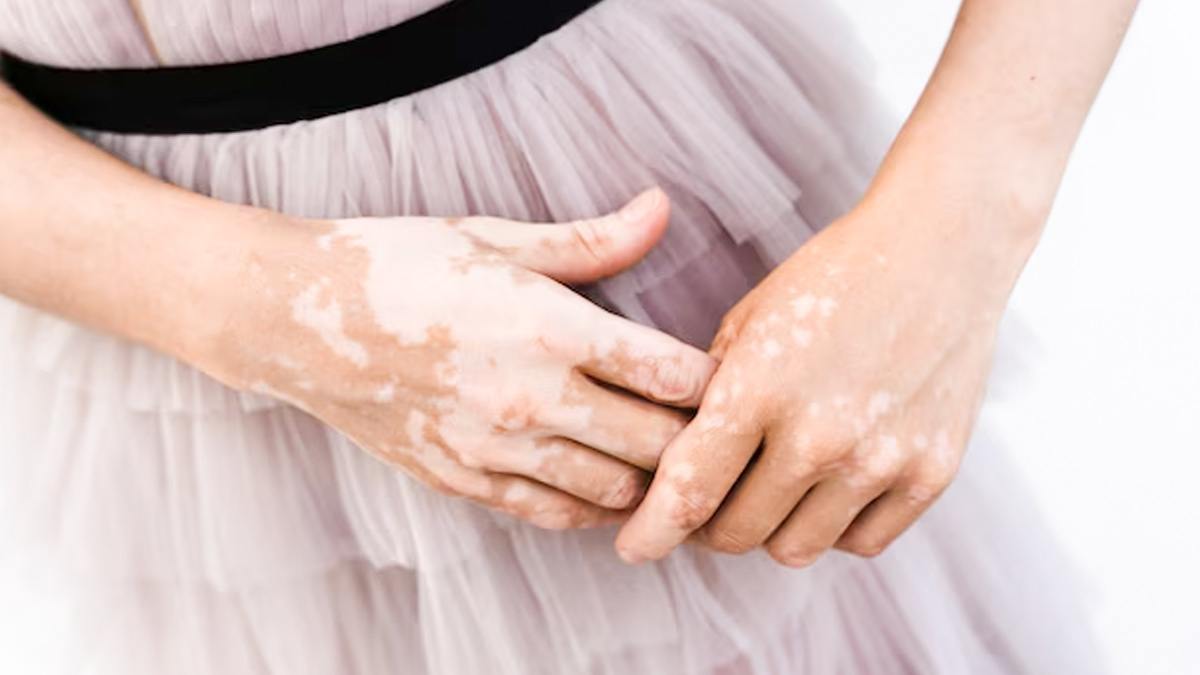
Vitiligo is a skin condition that causes the skin to lose its natural colour in patches, creating visible white areas, especially on darker skin. While vitiligo doesn’t harm the body physically or spread from person to person, it often deeply affects a person’s confidence, mental health, and sense of belonging. The problem isn’t the condition itself—it's the myths, stares, and judgement people face because of it.
Table of Content:-
By understanding what vitiligo truly is and dispelling misconceptions, we can create a kinder world for those who live with it every day.
What Is Vitiligo?

Vitiligo occurs when melanocytes, the cells responsible for producing melanin (skin pigment), die or stop functioning. This leads to loss of colour in patches that can grow larger over time. While it can affect people of all skin types, it is often more noticeable in individuals with brown or Black skin.
Dr Piyusha Bhagde, Founder and Chief Dermatologist, Skin Ethics Clinic in Akola, Maharashtra, says, "Vitiligo can appear anywhere on the body, including the face, limbs, inside the mouth, genitals, and even the scalp. The patches usually have irregular borders and may show varying degrees of pigment loss. If blood vessels are visible beneath the skin, the patches might appear pink instead of pure white.”
6 Common Myths About Vitiligo Debunked

In an interaction with the OnlyMyHealth team, Dr Bhagde shares some of the common myths associated with vitiligo:
Myth: Vitiligo is contagious.
Fact: Vitiligo does not spread through touch or physical contact.
Myth: There is no treatment for vitiligo.
Fact: While there's no cure, treatments can help stop progression and restore pigment in many cases.
Myth: Vitiligo is the same as leprosy.
Fact: Vitiligo is a non-infectious condition and has nothing to do with leprosy.
Myth: Vitiligo leads to cancer or mental illness.
Fact: There is no scientific link between vitiligo and cancer or psychiatric disorders.
Also Read: Vijay Varma On Suffering From Skin Condition Vitiligo; Symptoms To Look Out For
Treatment Options For Vitiligo

Treatment options for vitiligo aim to slow or stop the progression and stimulate re-pigmentation. Dr Bhagde notes that some areas, like the face, trunk, and upper limbs, respond well to treatment. Others, such as fingers, palms, and soles, may respond more slowly.
Treatment plans may include:
- Topical medications
- Phototherapy
- Surgical options (like skin grafting)
- Lifestyle changes and sun protection
However, outcomes vary from person to person.
Conclusion
Vitiligo is simply a change in skin colour, not a reflection of one’s health, character, or worth. With the right treatment, emotional support, and societal awareness, people living with vitiligo can and do lead fulfilling, successful lives. It's time we stop letting myths define this condition and instead focus on facts, empathy, and inclusion.
Also watch this video
How we keep this article up to date:
We work with experts and keep a close eye on the latest in health and wellness. Whenever there is a new research or helpful information, we update our articles with accurate and useful advice.
Current Version